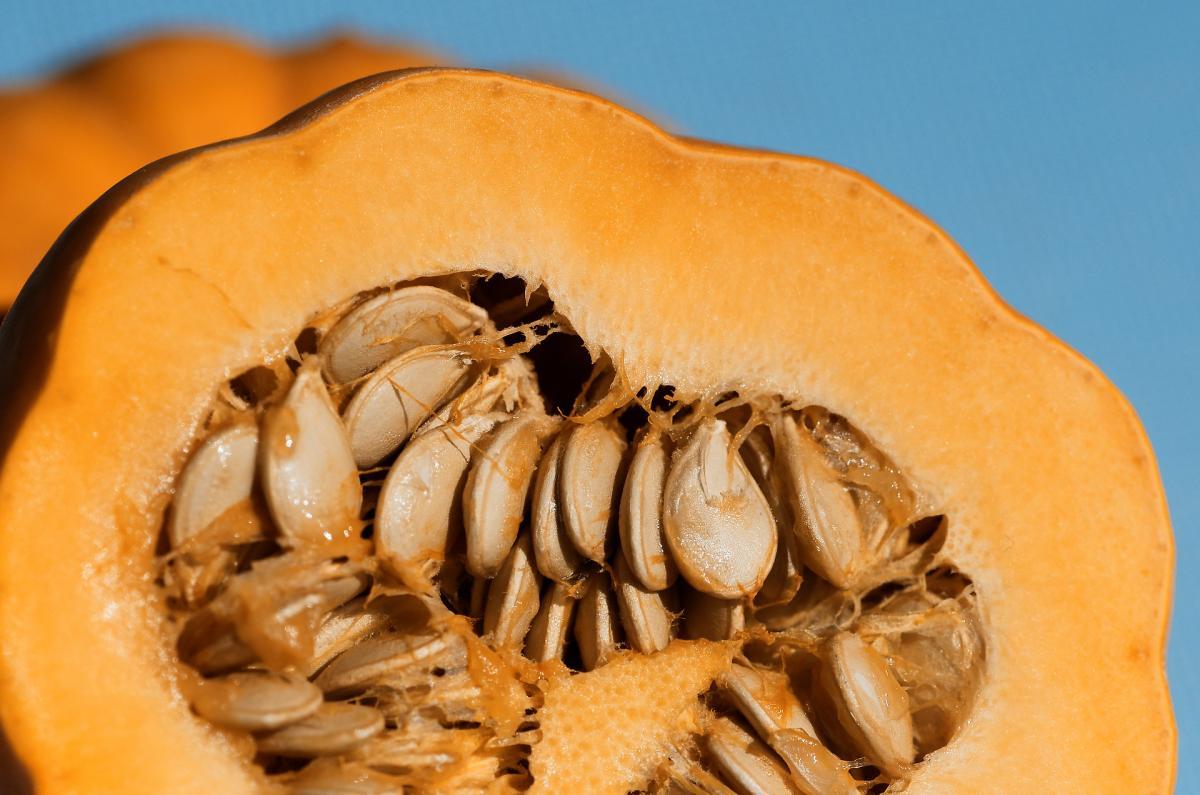Environmental waste has become a persistent problem across the country, and festive decorations for the fall season can potentially contribute to that. The terrifying truth is that each year around 1 billion pounds of pumpkin are thrown out and left to decompose in landfills.

Even scarier? Adding to an already existing large amount of food waste that’s responsible for greenhouse gas emissions further complicates the battle against climate change. The daunting consequences can include extreme weather conditions such as unusually hot temperatures and early freezes that negatively affect the next season’s pumpkin harvest.
While it may be tempting to toss carved pumpkins directly into the garbage on November 1, there’s a more environmentally friendly way to make the most of these ghostly creations. Composting is an alternative process that recycles waste into nutrient-rich matter that can be used in gardens, parks, and for agricultural purposes.
To properly compost, you first need to create a compost pile or have access to a compost bin. Look for a spot in your backyard, partially sunny, to serve as your jack-o’-lantern’s final resting place. If you don’t have a yard or don’t have your own composting bin, many local communities have compost collections and drop-offs where you can take both carved and unused pumpkins for recycling.
Learn how to create a compost bin with SCA Alum Tomas (previously created to celebrate Virtual Earth Day)
Next, remove any artificial decorations, candles, and seeds to prep for smashing your gourd into smaller pieces. Even though smashing is not required, this speeds up the composting process and also adds to the fun! After that, cover your pumpkin’s remains with piles of leaves for protection and to keep unwelcome visitors away.
In addition to composting, pumpkins that survive the holiday can also be reused in some delicious seasonal recipes. Pumpkin seeds can be roasted and added to soups, “guts” can be whipped up into a savory puree or a sweet drink, and if you are feeling extra spirited – pumpkin juice!
Local wildlife can also benefit from your fall decorations. Even though it’s usually recommended not to feed the critters in your communities, carving up pieces of your pumpkin and scattering them across the yard is a perfectly safe option. Do be mindful not to leave leftover pumpkin pieces outside if your dwelling is known for bear activity!
If your pumpkin does end up meeting its carving fate, you don’t have to fear. Parts from newly carved pumpkins can still be safely used for consumption. Just be sure to inspect any pumpkins that have been left outside for mold and other growths before turning them into tasty treats.

There’s no need to be afraid of recycling jack-o’-lanterns or pumpkins this Halloween season. Consider trying some of the solutions above to avoid the haunting effects of wastefulness…